Picture yourself walking along a moonlit beach in late spring when something extraordinary unfolds before your eyes. Thousands of ancient creatures emerge from the depths, following a ritual that has remained unchanged for nearly half a billion years. These remarkable horseshoe crabs are called “living fossils” because they have retained many ancient characteristics over approximately 445 million years of existence, though they have undergone evolutionary changes during this time.
From early April through early June, the crabs crawl onshore from deep Atlantic waters to spawn under full and new moons, following an ancient ritual that has persisted for approximately 450 million years. During the months of May and June, especially at high tides during new and full moons, these prehistoric-looking creatures lay millions upon millions of tiny, pearly, green or pink eggs. Here are seven remarkable U.S. beaches where you can still witness this ancient moonlit spectacle.
Delaware Bay Beaches, Delaware – The Global Capital of Horseshoe Crab Spawning
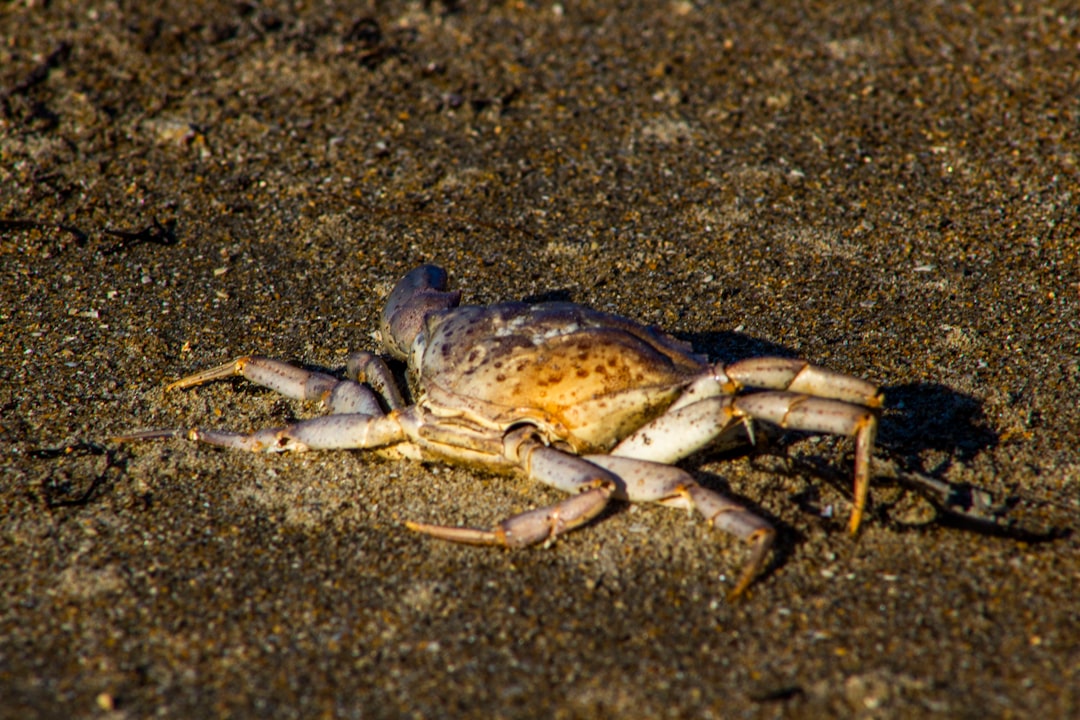
Delaware Bay supports the largest spawning population in the world and hosts the largest population of spawning Atlantic horseshoe crabs. Delaware Bay provides an excellent spawning area for crabs because the sandy beaches are protected from harsh wave action.
The greatest concentration of horseshoe crabs typically occurs in the middle reaches of the Delaware Bay from Slaughter Beach to Kitts Hummock. Prime spawning beaches within the Delaware Bay consist of sand beaches between Maurice River and the Cape May Canal in New Jersey, and between Bowers Beach and Lewes in Delaware.
Slaughter Beach, Delaware – A Moonlit Spectacle
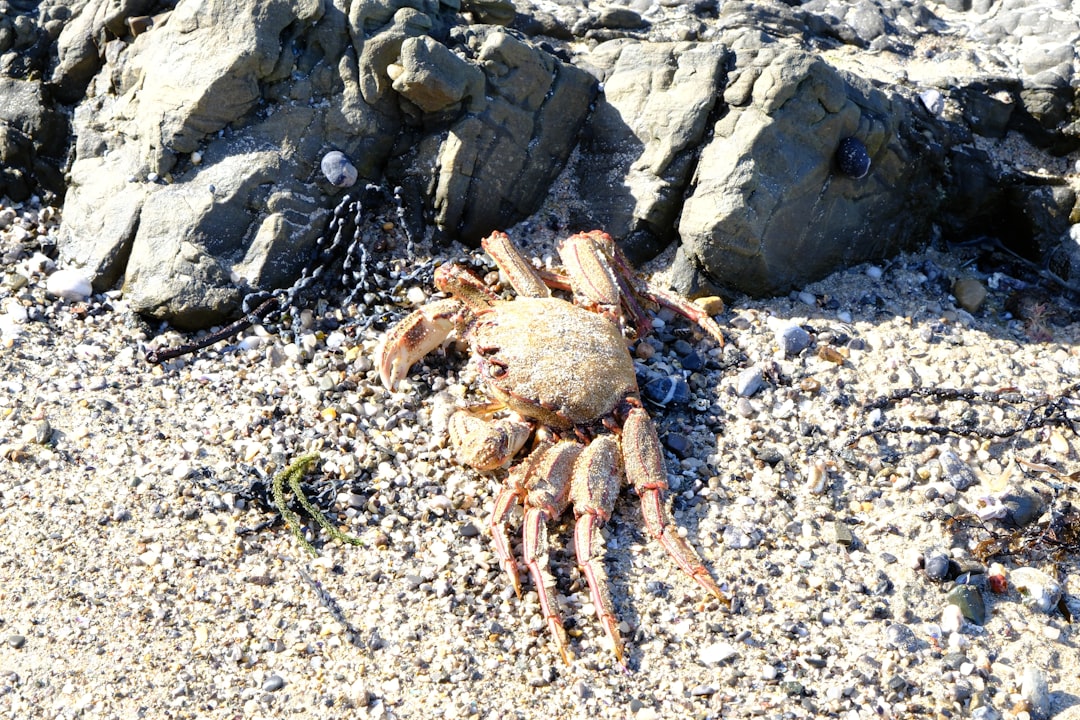
Slaughter Beach and Pickering Beach on the Delaware side of Delaware Bay are prime locations to see large numbers of horseshoe crabs spawning. This particular stretch has become legendary among wildlife watchers for the sheer density of spawning activity during peak moon phases.
On moonlit nights in May and June, thousands of the crabs crawl ashore on Delaware Bay beaches at high tide to lay eggs, following a pattern that has continued for approximately 450 million years. The combination of protected waters and sandy substrate creates perfect conditions for successful egg deposition and incubation.
Thompson Beach, Delaware – Research and Wonder Combined
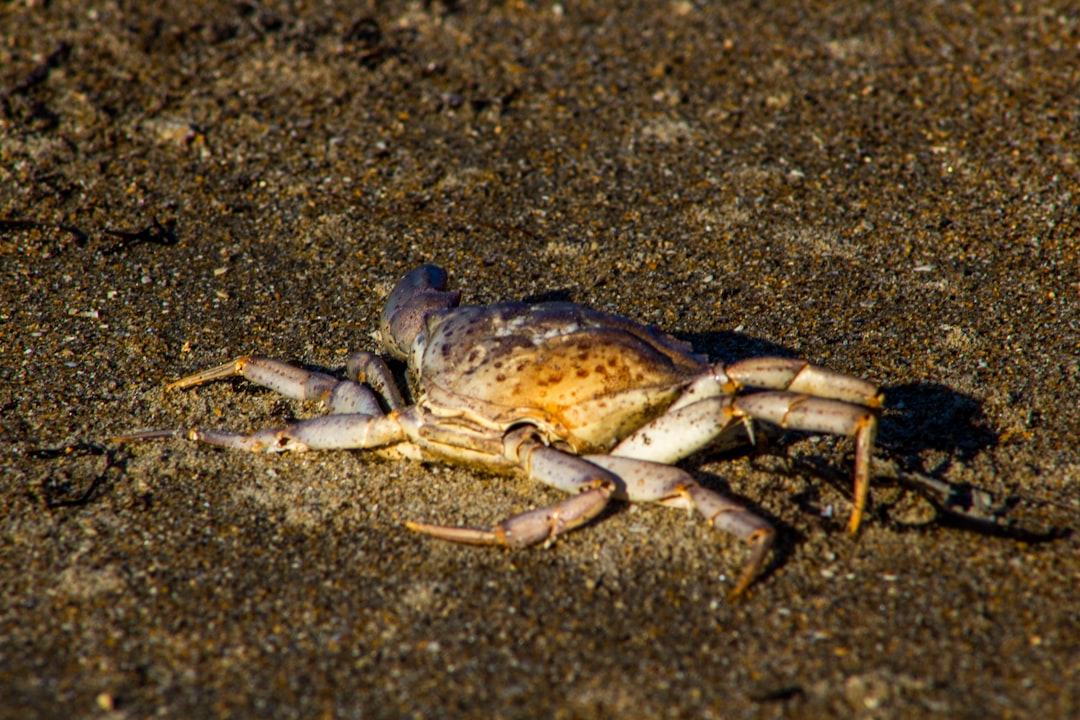
Staff from the Greater Atlantic Region joined the American Littoral Society to see these creatures first hand during a visit to Thompson Beach in Delaware Bay. This beach offers visitors both natural wonder and scientific significance, making it an ideal location for education and observation.
Female horseshoe crabs partially bury themselves in the sand while depositing clusters of about 4,000 tiny eggs. In one evening, a female crab can lay several egg clusters, and she may spawn repeatedly over several nights to lay 100,000 or more eggs. Thompson Beach provides excellent vantage points to witness this remarkable reproductive process.
Cumberland County Beaches, New Jersey – Sandy Hook to Cape May
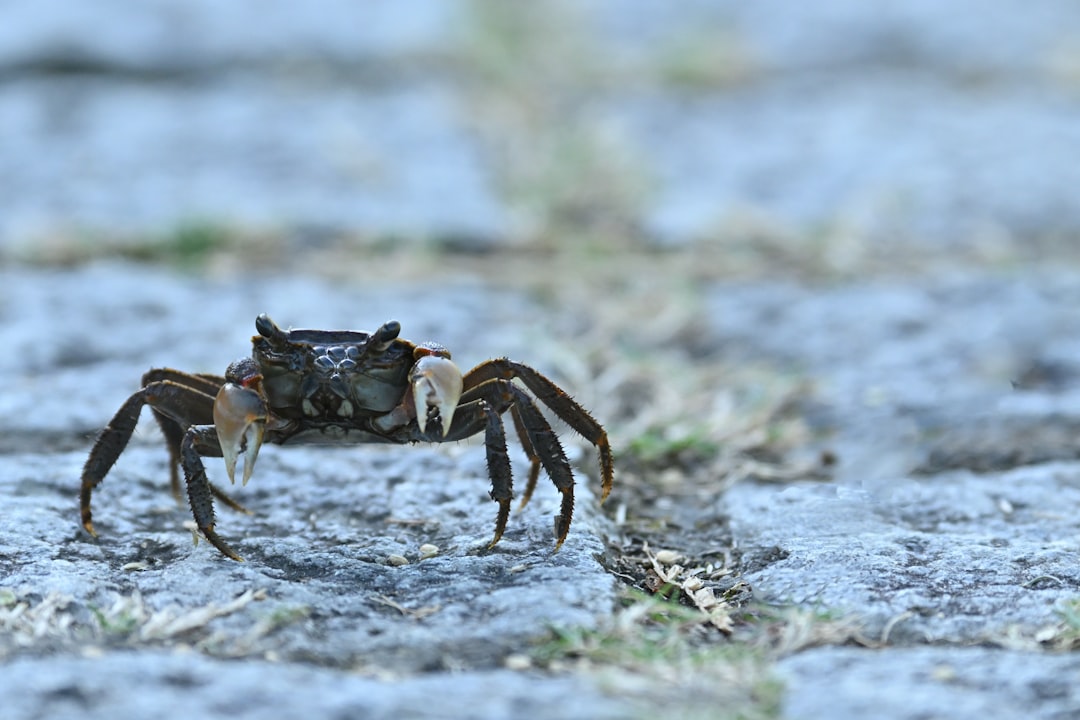
New Jersey is known for its sandy beaches, and horseshoe crabs can be found spawning all across the state. The most activity by far is found on the Delaware Bay coastline, in Cumberland and Cape May counties. Since 2009, volunteers with Save Coastal Wildlife have been monitoring the spawning activity of horseshoe crabs along the northern Jersey Shore. Volunteers walk a bayside beach at several sites during the same time on full moon and new moon evenings in May & June to count the number of crabs present.
These beaches offer a unique opportunity to witness spawning activity while contributing to important conservation research. In May and June, adult horseshoe crabs in New Jersey line the sandy beaches in shallow bays to spawn and lay eggs.
Fortescue Beach, New Jersey – A Protected Delaware Bay Gem
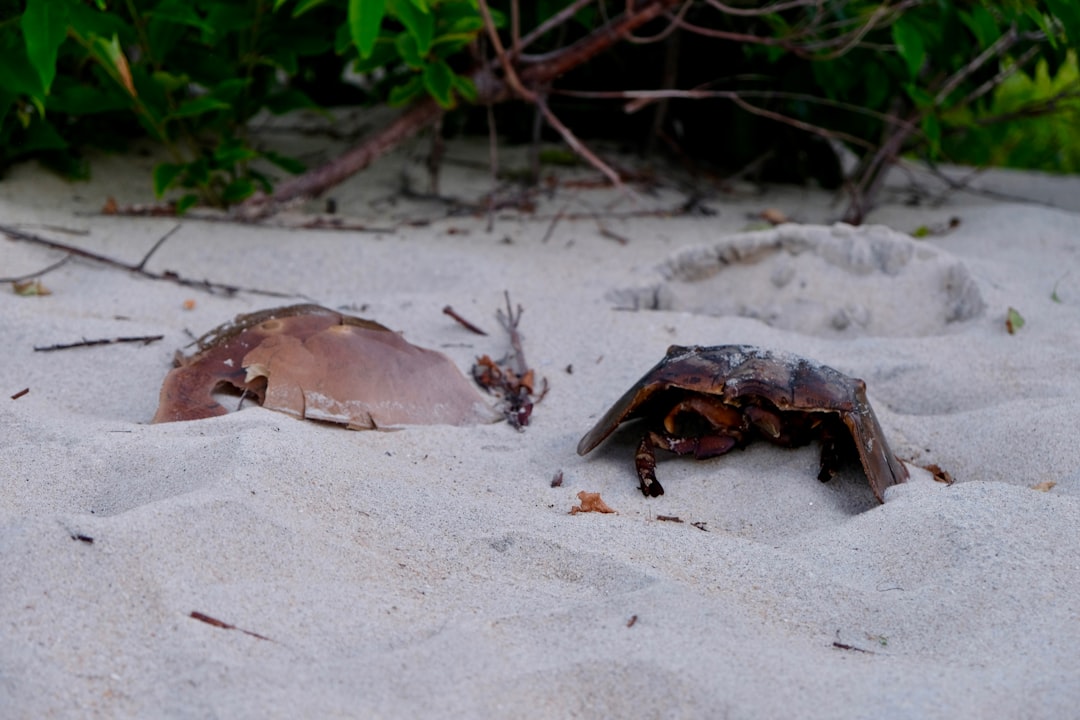
Horseshoe crab spawning can be observed on any beach in New Jersey along the Delaware Bay. Spawning Horseshoe Crabs on Fortescue Beach along Delaware Bay, May 30th, 2018. This particular stretch has gained recognition among researchers and nature enthusiasts for its consistent spawning activity.
The peak spawning season for the Atlantic Horseshoe crab in New Jersey is from May to June. The horseshoe crabs come onto shore during high tide. The horseshoe crabs prefer to come ashore at sunset and into the night. Fortescue Beach exemplifies these ideal conditions with its gradual slope and protected waters.
Sandy Hook Bay, New Jersey – Urban Wildlife Sanctuary
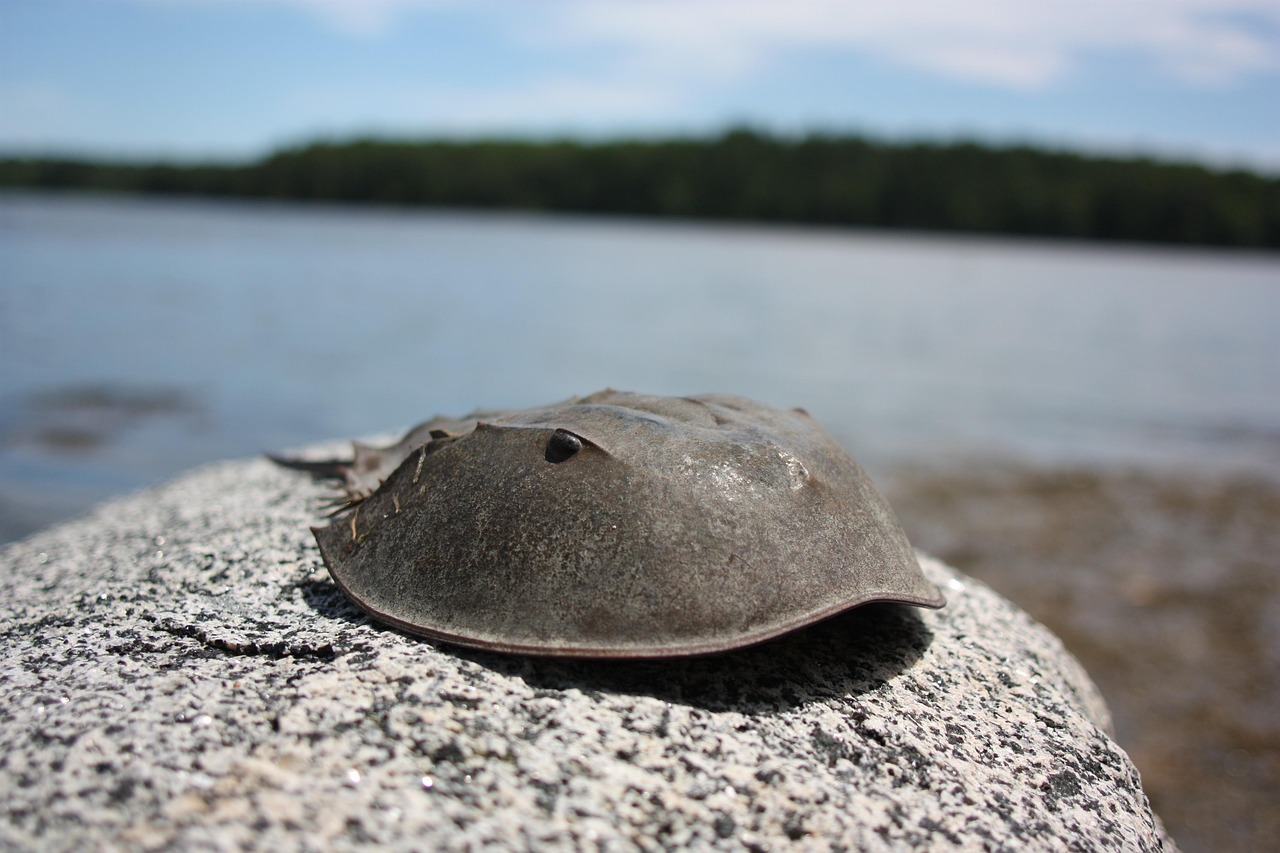
Volunteers also tag single male and female crabs to keep track of their whereabouts and movements within New York – New Jersey Harbor Estuary. Address: Parking Lot B, Hartshorne Road, Highlands, NJ 07732. Volunteers please meet at Parking Lot B near the Bathroom Pavilion at Sandy Hook National Recreation Area.
It’s exciting work that is contributing to long-term research and helping people better understand and protect horseshoe crabs, especially those that live in urban-suburban waters along the east coast of the United States. Save Coastal Wildlife is working with the U.S. Fish and Wildlife, the National Park System, and New Jersey Department of Environmental Protection. This unique location demonstrates how horseshoe crabs adapt to human-modified environments.
Florida’s Atlantic and Gulf Coast Beaches – Year-Round Spawning Paradise
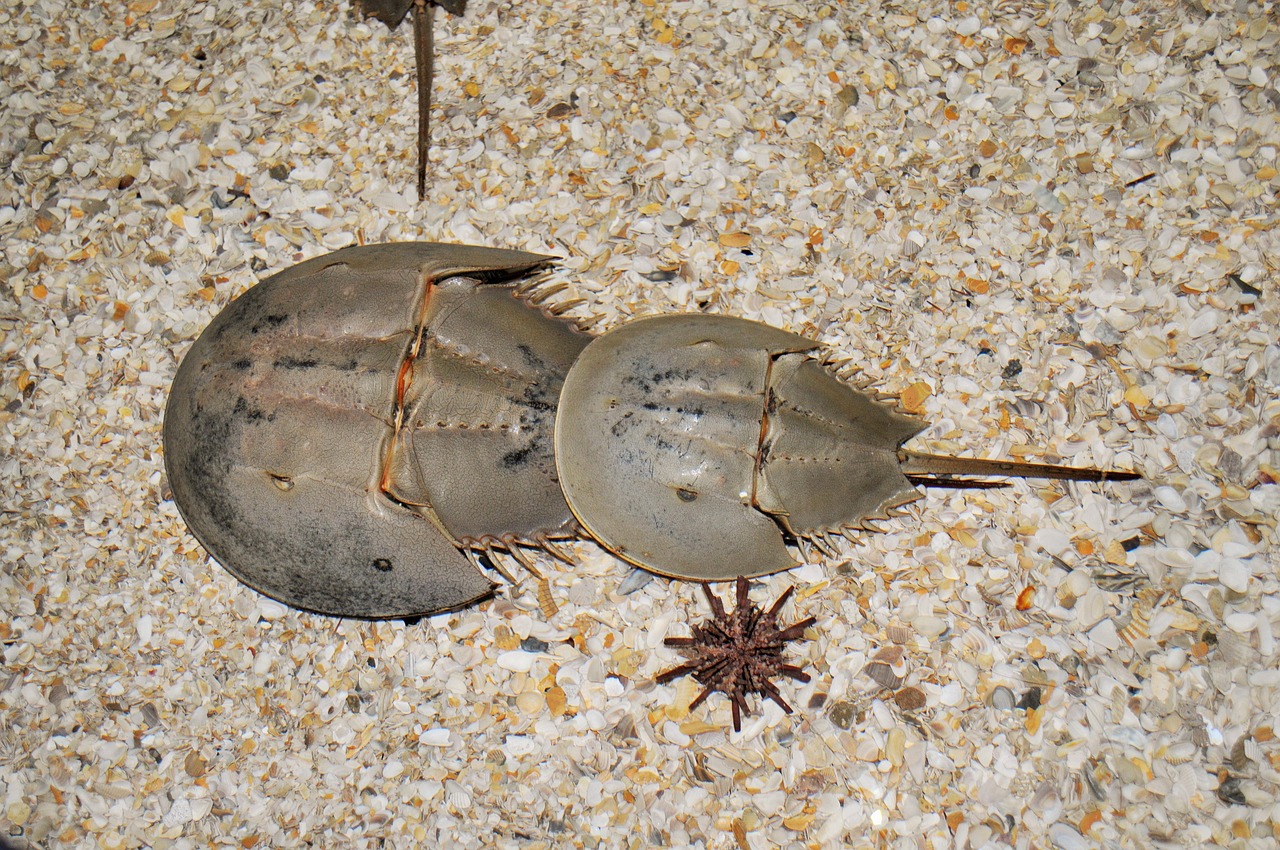
Horseshoe crabs can nest year-round in Florida, with peak spawning occurring in the spring and fall. Only one species, Limulus polyphemus, is found in North America along the Atlantic and Gulf coasts from Maine to Mexico.
From Massachusetts to Delaware, spawning beaches are typically coarse-grained and well-drained as opposed to Florida beaches, which are typically fine-grained and poorly drained. Their eggs are the major food source for shorebirds migrating north, including the federally-threatened red knot. These shorebirds have evolved to time their migrations to coincide with peak horseshoe crab spawning activity, especially in the Delaware and Chesapeake Bay areas. They use these horseshoe crab beaches as a gas station, to fuel up and continue their journey.
Conclusion
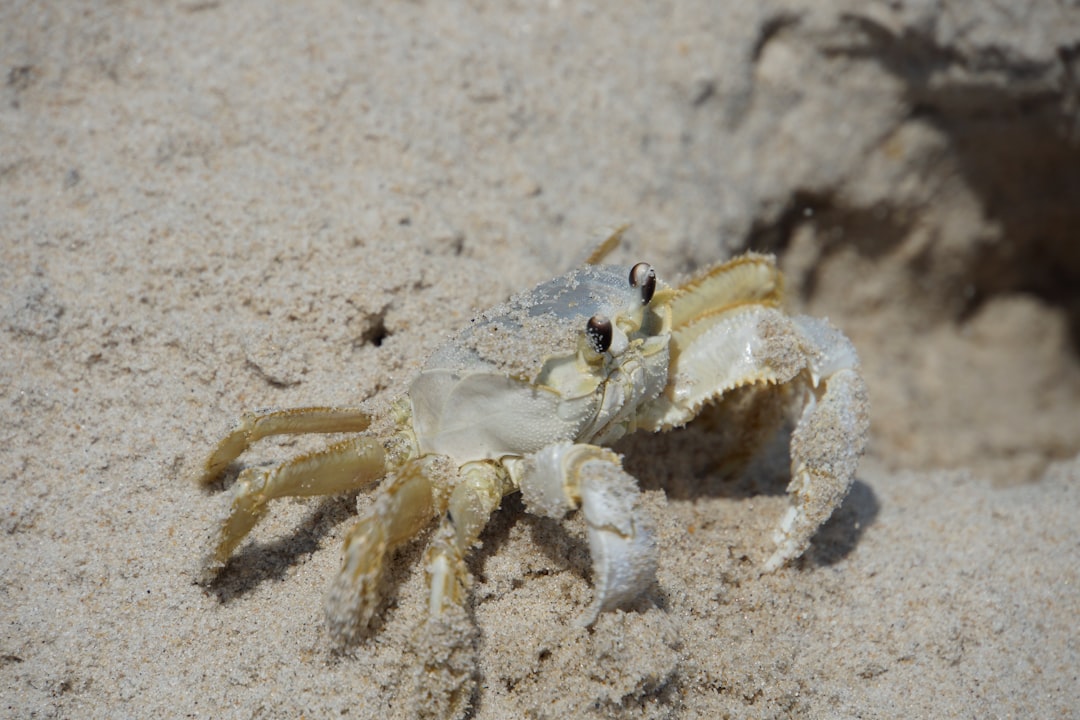
These seven remarkable beaches represent some of the last strongholds where one of Earth’s most ancient rituals continues uninterrupted. For a few days before to a few days after each of these four dates, horseshoe crab spawning activity is likely to be at its peak intensity. Now, every May and June during the full and new moon evening high tides, volunteers annually donate their time to count crabs on the beaches of the Delaware Bay in both Delaware and New Jersey.
Whether you’re a scientist, nature enthusiast, or simply someone who appreciates the wonder of evolution, witnessing horseshoe crab spawning offers a humbling glimpse into deep time. These beaches remind us that some things are worth preserving exactly as they are. What do you think about experiencing this 450-million-year-old phenomenon firsthand? Tell us in the comments.




